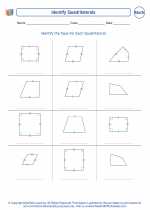Point Symmetry
Point symmetry, also known as "central symmetry," is a type of symmetry in which an object or shape looks the same when rotated 180 degrees around a central point. This central point is called the "center of symmetry."
In geometric terms, a figure has point symmetry if every point on the figure has a matching point that is the same distance from the center of symmetry but on the opposite side. This means that when the figure is rotated 180 degrees around the center of symmetry, it looks unchanged.
For example, a circle has point symmetry because no matter where you draw a line through the center of the circle, the two halves will always be the same. On the other hand, a triangle does not have point symmetry because it does not look the same after a 180-degree rotation around any point within the triangle.
Point symmetry is important in various fields, including art, design, and mathematics. It is also a fundamental concept in the study of geometry and can be used to identify and analyze symmetrical patterns and shapes.
Understanding point symmetry can help in recognizing and creating visually appealing designs and can also be useful in problem-solving and pattern recognition.
Overall, point symmetry is a key concept in geometry that helps us understand the balance and harmony of shapes and patterns around a central point.
.◂Math Worksheets and Study Guides Third Grade. Shapes

 Worksheet/Answer key
Worksheet/Answer key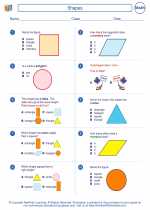
 Worksheet/Answer key
Worksheet/Answer key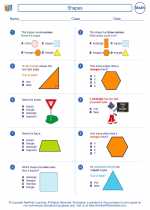
 Worksheet/Answer key
Worksheet/Answer key
 Worksheet/Answer key
Worksheet/Answer key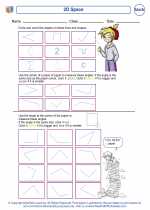
 Worksheet/Answer key
Worksheet/Answer key
 Worksheet/Answer key
Worksheet/Answer key
 Worksheet/Answer key
Worksheet/Answer key
 Worksheet/Answer key
Worksheet/Answer key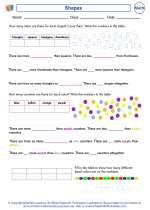
 Worksheet/Answer key
Worksheet/Answer key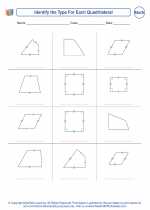
 Worksheet/Answer key
Worksheet/Answer key